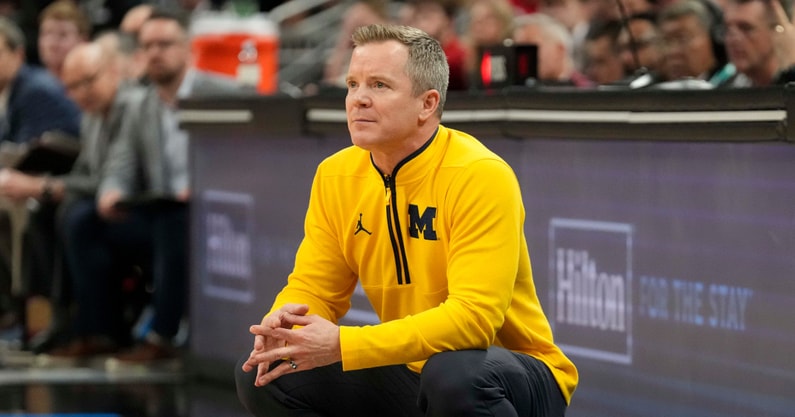Where Michigan Basketball Roster Stands After Yaxel Lendeborg Announcement
May 31, 2025 – Ann Arbor, MI — The Michigan Wolverines men’s basketball roster under new head coach Dusty May continues to take shape, and the picture became a bit clearer with the recent commitment of JUCO All-American Yaxel Lendeborg. The 6-foot-9 forward from Arizona Western College officially announced his transfer to Michigan this week, giving the Wolverines another versatile, experienced frontcourt piece as they aim to rebuild quickly in the post-Juwan Howard era.
Lendeborg’s arrival marks a pivotal addition in what has already been a busy offseason for Michigan. He brings with him two years of eligibility and an impressive resume from the JUCO ranks, where he averaged 17.5 points, 11.3 rebounds, 2.5 assists, and 2.3 blocks per game last season. Known for his energy, rebounding prowess, and defensive versatility, Lendeborg is expected to provide immediate impact on both ends of the floor.
A Rebuilding Year with Transfer-Fueled Optimism
After a disappointing 8–24 finish last season—the program’s worst record in decades—Dusty May was hired from Florida Atlantic with the goal of stabilizing and elevating a proud Michigan program. May has wasted little time reshaping the roster, using the transfer portal as a critical tool to bring in experience, toughness, and talent.
Lendeborg joins a transfer class that already includes former FAU guard Johnell Davis, one of the top portal additions in the country. Davis, who followed May to Ann Arbor, averaged 18.2 points, 6.3 rebounds, and 2.8 assists last season and is expected to lead the Wolverines offensively. In the backcourt, Davis will be joined by fellow FAU transfer Nick Boyd, a savvy floor general with Big Ten-level experience under May’s system.
The Wolverines also secured a commitment from former Alabama forward Jarin Stevenson, a stretch four with NBA potential, and Washington State transfer Myles Rice, a dynamic scoring guard who was named Pac-12 Freshman of the Year in 2024. These additions reflect a clear strategy by May: blend positional versatility with experience and high basketball IQ.
Frontcourt Depth Taking Shape
With Lendeborg’s commitment, Michigan’s frontcourt now has the size and depth to compete in a rugged Big Ten. He joins Stevenson and returning big man Tarris Reed Jr., who opted to withdraw from the NBA Draft and return for his junior season. Reed’s decision was a crucial win for the program; the 6-foot-10 center has improved steadily and brings rim protection and low-post scoring.
Lendeborg will likely slot in as a power forward or hybrid forward, allowing Michigan to play big while still maintaining mobility and switchability on defense. He fits the mold of players Dusty May thrived with at FAU—long, athletic, and unselfish.
Roster Outlook and Remaining Needs
Michigan’s projected starting five could now include Rice and Davis in the backcourt, Stevenson at the three, Lendeborg at the four, and Reed anchoring the paint. That unit offers size, athleticism, shooting, and experience—something last year’s team sorely lacked.
Behind the starters, the Wolverines will look to develop younger players like forward Will Tschetter and guard Dug McDaniel, assuming McDaniel elects to return and doesn’t pursue further transfer options. May has also emphasized player development as a pillar of his coaching philosophy, and it’s likely several depth pieces will emerge over the course of the season.
Michigan still has a few open scholarships and could pursue another wing or a backup point guard to shore up the bench. While the starting core is mostly set, injuries and the demands of Big Ten play make depth a key concern, especially for a team still building chemistry.
The Bigger Picture
With Lendeborg now officially in the fold, Michigan’s offseason overhaul under Dusty May looks even more promising. The Wolverines have transformed from a disjointed, struggling squad into a roster with real potential to compete in the Big Ten next season. The combination of transfer veterans and key returners gives May the flexibility to implement his system without starting entirely from scratch.
Of course, the team’s success will ultimately depend on how quickly chemistry can form and how well these transfers adjust to Big Ten competition. But for now, the outlook is brighter in Ann Arbor—and Yaxel Lendeborg is a major
